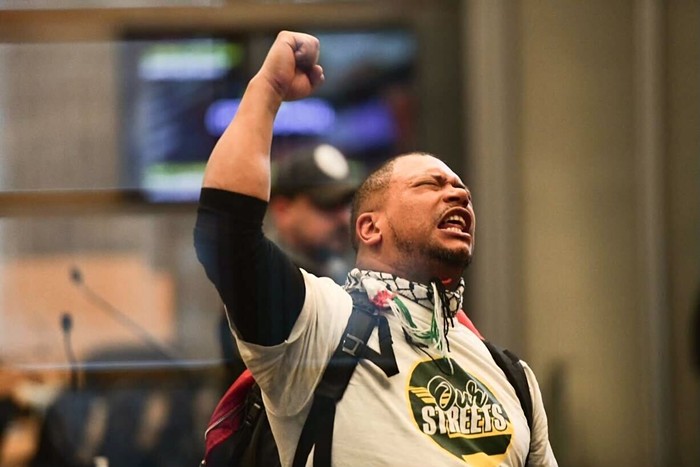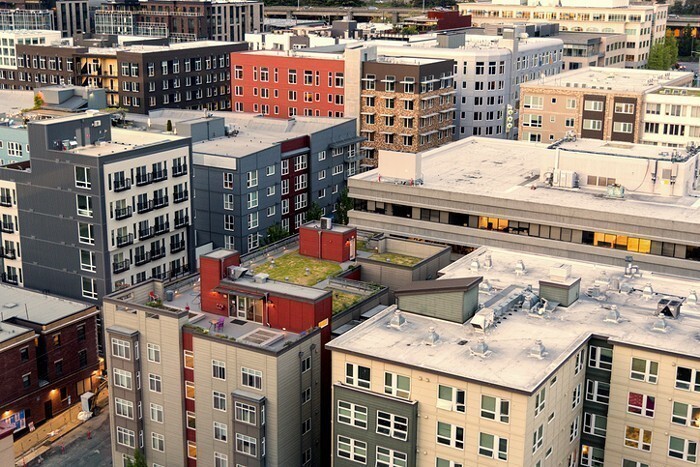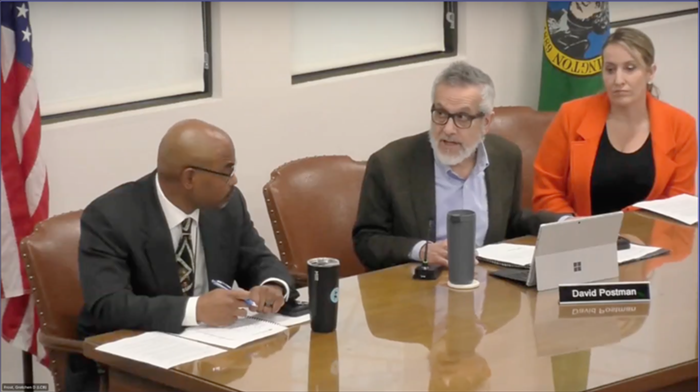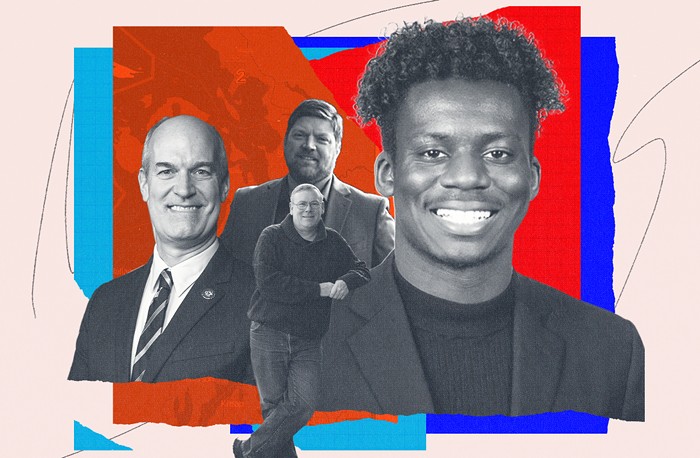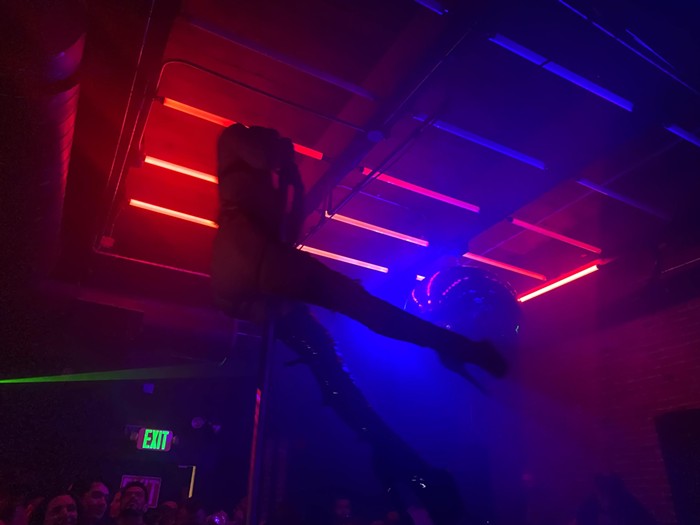The last time Mayor Ed Murray faced a backlash from Seattle's "not in my backyard" (NIMBY) homeowners—and from the Seattle Times, which acted as their de facto megaphone—he swiftly capitulated.
It took one week.
Facing the worst housing affordability crisis in Seattle since World War II—a crisis that manifests every day in surging rents for tenants, rising numbers of people made homeless or displaced out of the city, and racial segregation—Murray lost his spine and retreated from his own housing committee's call for greater density in the city's single-family neighborhoods.
Single-family-zoned areas occupy 65 percent of city land, and the idea was to allow developers to build more units in these areas so that more low-income people, young people, and people of color could afford to live in them. With the median Seattle home price more than $660,000, these areas are now all but off-limits for anyone who isn't wealthy or already owning a home. (Fifty two percent of Seattle residents are renters.)
As he capitulated in the fight to rezone some of Seattle's single-family areas, Murray blamed the Times for "derailing the conversation" away from his attempts to address what he has called modern-day "economic apartheid."
Right now we're in the thick of another attempt at that kind of derailing.
This time, it's the related issue of neighborhood councils—what labor leader and SEIU 775 president David Rolf calls "neighborhood cartels."
Under a system established in 1987 and not updated since 2001, the city uses these councils to inform its policies on land use, zoning, and urban planning. But according to 2013 data from the Department of Neighborhoods and city auditors, Seattle's system of neighborhood councils—supported by nine full-time city staffers and $1.2 million in funding—is overwhelmingly dominated by white, middle-aged homeowners who have the time and resources to participate as volunteers.
Mayor Murray announced in July that he wants to cut the city's ties to these neighborhood councils and spin them off to do their own thing, without the backing of local government. The city intends to create one citywide "Community Involvement Commission"—what that will look like isn't yet clear—to fill the role that the councils used to play.
Since the mayor's announcement, the Times opinion section has run multiple articles editorializing against the move, and its comment sections have brimmed with angst and outrage against the city. In turn, city in-boxes have been flooded with angry, sometimes threatening e-mails (including one that reportedly made references to rat poison). A Department of Neighborhoods spokesperson said, "Emotions are running high."
To be clear: There is absolutely nothing wrong with being a white homeowner over the age of 40 and being active in your neighborhood group. Volunteering at the local level? That's to be applauded.
But the way Seattle's current neighborhood council system works is institutional racism 101, folks. One privileged demographic should not have a disproportionate, publicly financed influence over public policy and the city's housing landscape.
Kathy Nyland, director of the Department of Neighborhoods, fits the older white demographic. Prior to joining the city, she too was a member of a district council, representing the neighborhood of Georgetown. Now she's the driving force behind the move to cut ties with the councils and revamp the system. She knows firsthand how exclusionary the councils are, so when one angry resident e-mailed her accusing her of a "power grab" and said there are no barriers to participating in the district councils, she responded in an e-mail, obtained by PubliCola: "Some people work at night; Some people don't have transportation; Some people don't speak English; Some people have other obligations... While meeting[s] work for some, the truth is they do not work for everyone. We want to broaden the access points and provide more opportunities. Everyone has a voice and it's our job to hear them."
Nyland, whose mantra is "it's a power share, not a power grab," has received some positive notes, too. Leslie Smith, director of the Alliance for Pioneer Square, wrote in an e-mail: "The Downtown District Council has been largely controlled by the same few people and downtown interests that have controlled it for years and years... Please stay the course." (The Downtown District Council's response? "No comment.") Nyland received a similar note from a member of the Roosevelt Neighborhood Association, who said that while the association includes a lot of great people and is technically open to all, "views from under-represented groups such as minorities, renters, students, and the homeless are not actively encouraged."
In the pages of the Seattle Times, columnist Danny Westneat—who helped push the mayor to back down in his last clash with NIMBYs—is at it again now, bravely sticking up for what he believes to be unfairly maligned neighborhood councils. Responding to an op-ed by Rolf, who said the councils had "raised selfishness to an art form," Westneat argued city officials are "divorced from reality" in drawing connections between the councils and the affordable housing crisis. He didn't bother offering any ideas about how to make the councils more inclusive. The Times editorial board piled on, calling on the city council to fight back against the mayor's plans. But Murray seems to have the support of most of the council. (District 1 representative Lisa Herbold believes the neighborhood council system needs to be improved by creating new forms of community engagement, not done away with.)
Assuming Murray doesn't back down again, and can bring more of the city's homeowners on board with his plans to increase equity in the neighborhood council system, the fight will move into the city council chambers by late September. That's when the mayor will send down legislation to codify his plans into city ordinance.


